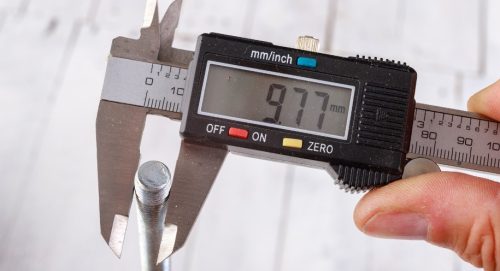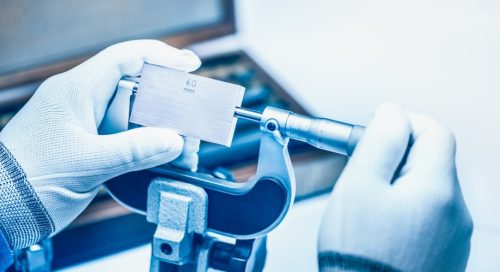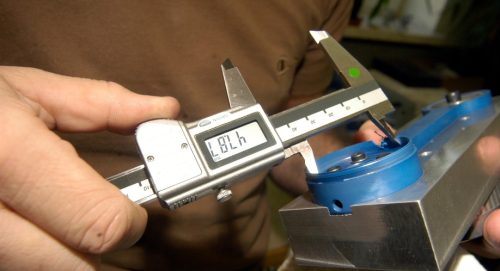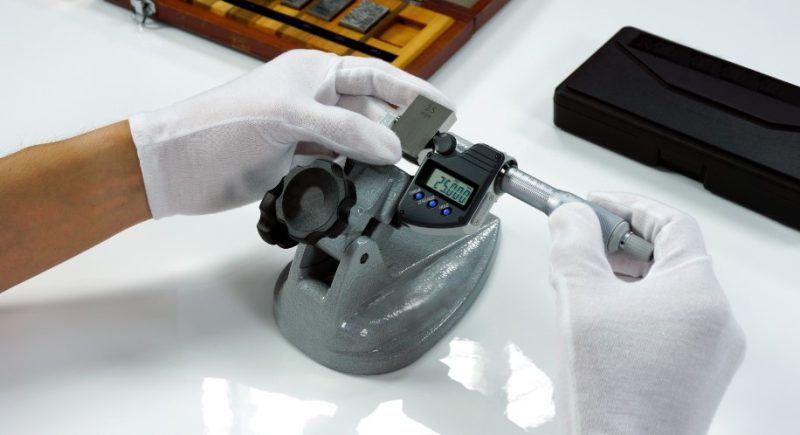How is Metrology Driving Innovation?
In today’s fast-paced manufacturing industry, precision and efficiency are paramount. Every component, every measurement, and every process must align seamlessly to ensure high-quality output.
Behind the scenes, an unsung hero quietly drives innovation and maintains the delicate balance between accuracy and productivity – modern metrology. This scientific study of measurement has evolved over two centuries, transforming manufacturing processes and revolutionising the way we design, produce, and maintain products.
The Evolution of Metrology
At the heart of modern metrology lies a rich history that dates back to the French Revolution. The decimal metric system, introduced during this period, laid the foundation for a standardised approach to measurement. Simultaneously, the advent of mass production using interchangeable parts revolutionised manufacturing practices.

As industries flourished and technology advanced, the need for accurate measurements became increasingly critical. Traditional measurement tools proved inadequate in analysing complex geometries, prompting the rise of industrial metrology. Manufacturers recognised the importance of integrating metrology into their production processes to ensure precision and reliability.
Manufacturers face immense pressure in a globally competitive market to deliver accurate and reliable parts within tight schedules. Technology continues to advance, enabling companies to maximise efficiency and meet market demands. Metrology plays a pivotal role in maintaining production quality, enabling manufacturers to stay ahead of the competition.
Quality Control and Metrology
Quality control (QC) in manufacturing presents a delicate balance between adhering to tolerance limits and minimising lead times. Many components require multiple forms of measurement processes to ensure compliance with tight manufacturing tolerance limits. This necessitates integrating various measurement methods and tools to achieve accurate and consistent results.
Multi-sensor technology, with its vision and touch probe capabilities, addresses the challenges of modern manufacturing. These systems provide fast and reliable data acquisition, allowing manufacturers to increase QC throughput while maintaining accuracy. By performing multiple processes on a single machine, multi-sensor measurement systems improve efficiency and streamline the inspection process.
Modern metrology software programs offer a range of features that enhance efficiency and streamline the inspection process. Auto part recognition, for example, enables users to create and save part measurement programs, reducing setup time and increasing throughput. User-friendly interfaces make it easier for operators on the shop floor to utilise the system, further improving workflow efficiency.
Advancements in Metrology Technology
One of the most significant advancements in metrology is the incorporation of non-contact measurement devices. Image measurement systems, utilising cameras, lasers, or other sensors, enable measurement without physically touching the device. These devices offer greater accuracy, especially when analysing curved edges or non-geometric shapes while preserving the integrity of the measured object.

Automation has revolutionised the manufacturing industry, and metrology is no exception. Advanced measurement tools now feature automated focus and lighting condition settings, reducing human error and ensuring consistent measurement results. These tools, equipped with smart software, enhance efficiency and precision in the measurement process.
The design and prototyping phase of medical devices requires meticulous measurements and analysis. CAD prototyping, combined with advanced metrology tools, streamlines the process, allowing for faster production and greater flexibility in remeasuring. Manufacturers can iterate designs, ensuring a perfect fit and reducing time to market.
Reverse Engineering and Metrology
Reverse engineering, the practice of capturing physical reality to inform digital design processes, has become an integral part of modern product development. By measuring physical parts and using those dimensions to inform design decisions, manufacturers can significantly reduce the time to market and create custom-fit parts.
Reverse engineering finds application across various stages of the product lifecycle. From product design to casting, redesign, prototyping, and maintenance, the ability to create digital models from physical parts adds value throughout the manufacturing process. Manufacturers can quickly create manufacturable designs, rebuild broken castings, and remanufacture critical components using 3D scanning and scan-based design.
Successful manufacturers understand the importance of seamlessly transitioning between digital and physical realms throughout the product lifecycle. By utilising technologies like 3D scanning, reverse-engineering software, digital metrology software, and 3D printing, they can maximise efficiency and create long-term value. Metrology plays a vital role in this holistic approach, ensuring precision and quality at every step.
The Future of Metrology
As we enter the era of Industry 4.0, metrology is poised to play an even more significant role in manufacturing. With the integration of technologies like the Internet of Things (IoT), artificial intelligence, and data analytics, metrology will enable real-time monitoring, predictive maintenance, and continuous process improvement. Manufacturers will leverage metrology to optimise efficiency, reduce waste, and drive innovation.

As technology advances, new trends and innovations continue to shape the field of metrology. Some of the emerging trends include the use of augmented reality in precision measurement equipment, the application of machine learning algorithms for data analysis, and the development of portable and handheld metrology devices. These advancements will further enhance the capabilities of metrology and open up new possibilities in manufacturing.
Conclusion
From its humble beginnings during the French Revolution to its transformation into a digital powerhouse, metrology has revolutionised the way we measure, inspect, and produce. By ensuring precision, accuracy, and efficiency, metrology drives innovation, promotes quality control, and shapes the future of manufacturing.







